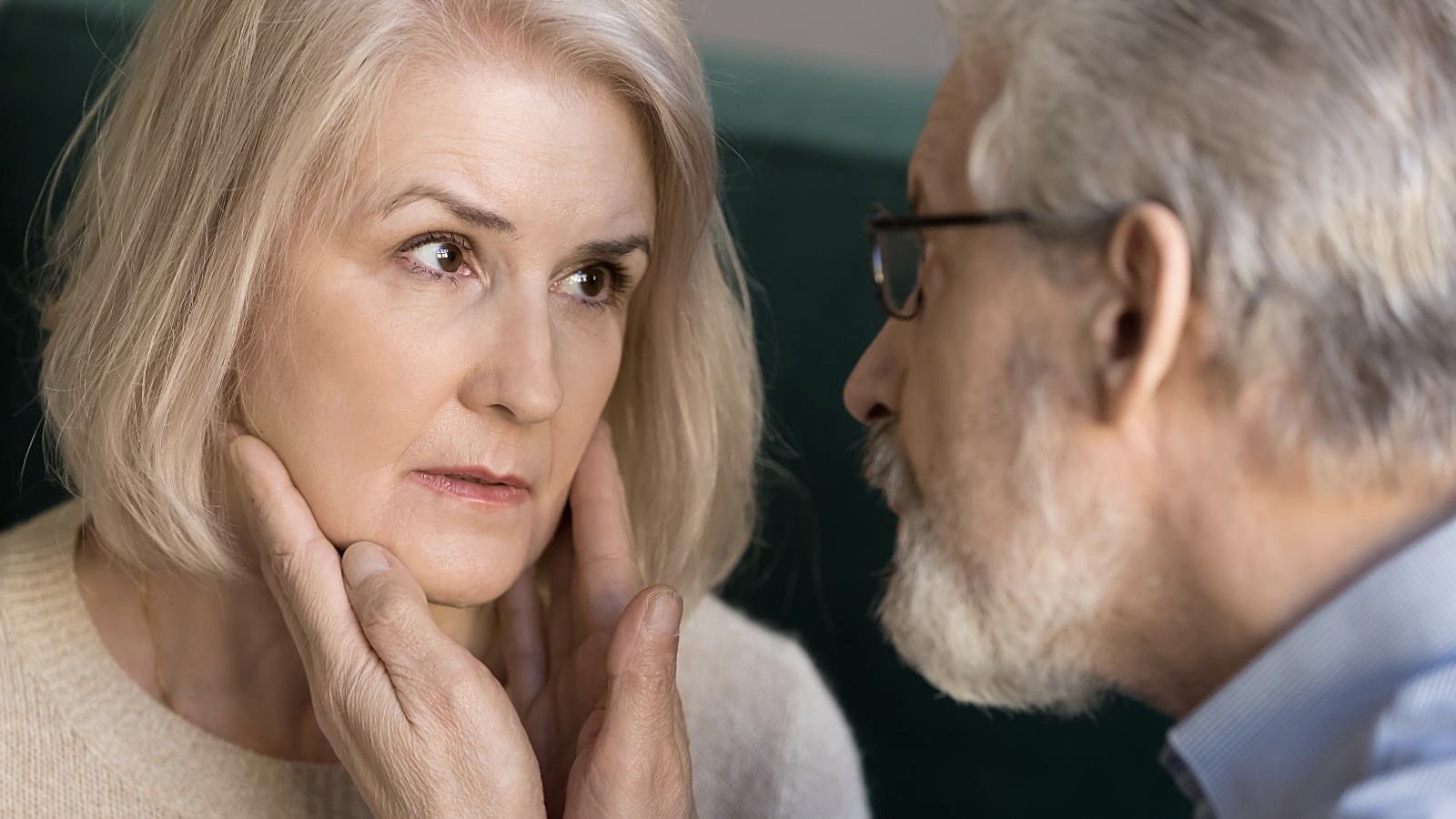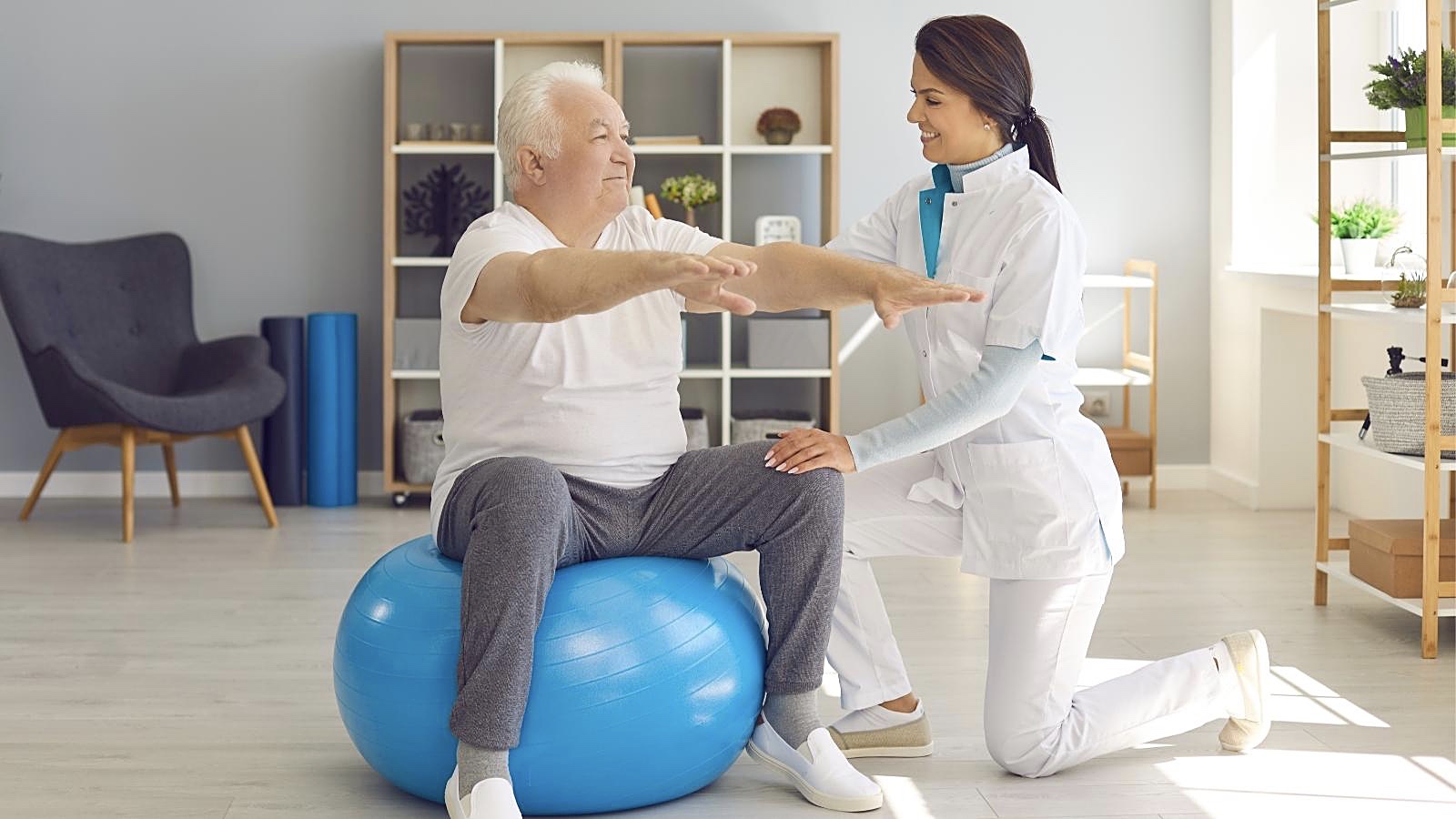Stroke is not only the leading cause of adult disability, but also one of the leading causes of death in Hungary, after heart disease and cancer. Thanks to prevention campaigns, more and more people are becoming aware of the risk factors, prevention options and symptoms of stroke, but less is known about what to do after a stroke and how to recover.
Stroke, also known as cerebral vascular accident, stroke or seizure, is a sudden loss of blood supply to a specific area of the brain. It causes the affected cells to die, and the damage to the vascular system can lead to loss of quality of life or death if left untreated. There are two main types of cerebral vascular catastrophe:
- In ischaemic stroke (brain vessel occlusion), tissue death is caused by a blood clot that blocks blood flow. It causes too little blood to reach the affected area of the brain.
- In a haemorrhagic stroke, the cause is bleeding in the brain, which causes blood to leak out of the blood vessels and form a haematoma. This type usually has a more severe outcome.
Symptoms of a stroke - When to seek medical advice immediately
- Numbness or insensitivity of one part of the body (face, arm, leg).
- Sudden onset of speech understanding and voice generation disorders.
- Sudden loss of vision (loss of visual acuity, visual field loss, double vision).
- Confusion, dizziness, loss of balance.
- Sensory disturbance, severe headache, sudden loss of consciousness.

TIA ( a transient ischemic attack), also known as a precursor to stroke, is a temporary circulatory disturbance in the brain - when the blockage dissolves on its own. When it develops, it can cause loss of vision after a few minutes, difficulty speaking and numbness in the limbs. These warning signs can be the body's final warning before a cerebral vascular catastrophe occurs, so seek medical attention immediately if you experience these symptoms!
In addition to heart disease and diabetes, smoking, obesity and a sedentary lifestyle can also increase the risk of stroke.
After a stroke - The course of care
TIA and stroke are both considered life-threatening conditions. Both require immediate hospitalisation. Only with professional care started within 4-5 hours of the onset of symptoms is it possible to survive a cerebral vascular accident without permanent paralysis or other complications. You may need
- medicines that affect blood clotting,
- to normalise blood pressure,
- to regulate blood sugar and blood fat levels
- to treat possible heart disease.
After a life-saving intervention, the patient usually faces a lengthy recovery process. The length of rehabilitation and recovery time, and the type and effectiveness of the therapies used, depend on which side of the brain, exactly which part, and to what extent it is damaged (in the case of right brain damage, the left side of the body needs to be developed for movement and sensation; however, in the case of left brain hemisphere damage, the right side of the body may need to be developed for movement and sensation, and speech and language).
Recovering from a stroke is an emotionally demanding process - often accompanied by mood swings, feelings of helplessness, depression, frustration, apathy and loss of libido. After a stroke, speech and movement development is supported by a physiotherapist and speech therapist, and some patients may also require special rehabilitation aftercare.

The sooner the patient sees a doctor, the better the chance of a full recovery! Thanks to preventive efforts and specialised stroke centres, stroke survival rates have improved a lot in recent decades.
TeleStroke system at the University of Debrecen
The TeleStroke system, which has been in operation at the University of Debrecen Clinical Centre since September 2008, provides 24-hour internet-based video and voice connectivity and non-stop consultation to nearby hospitals, enabling the immediate start of care essential for the effective management of acute brain catastrophes.
By setting up the system, it was possible to restore circulation to the brain of a patient with an acute stroke who arrived within three hours. Patients who are deemed suitable for clot-busting treatment undergo a preliminary CT scan on site.
Are you experiencing symptoms of TIA or stroke? Call an ambulance immediately.